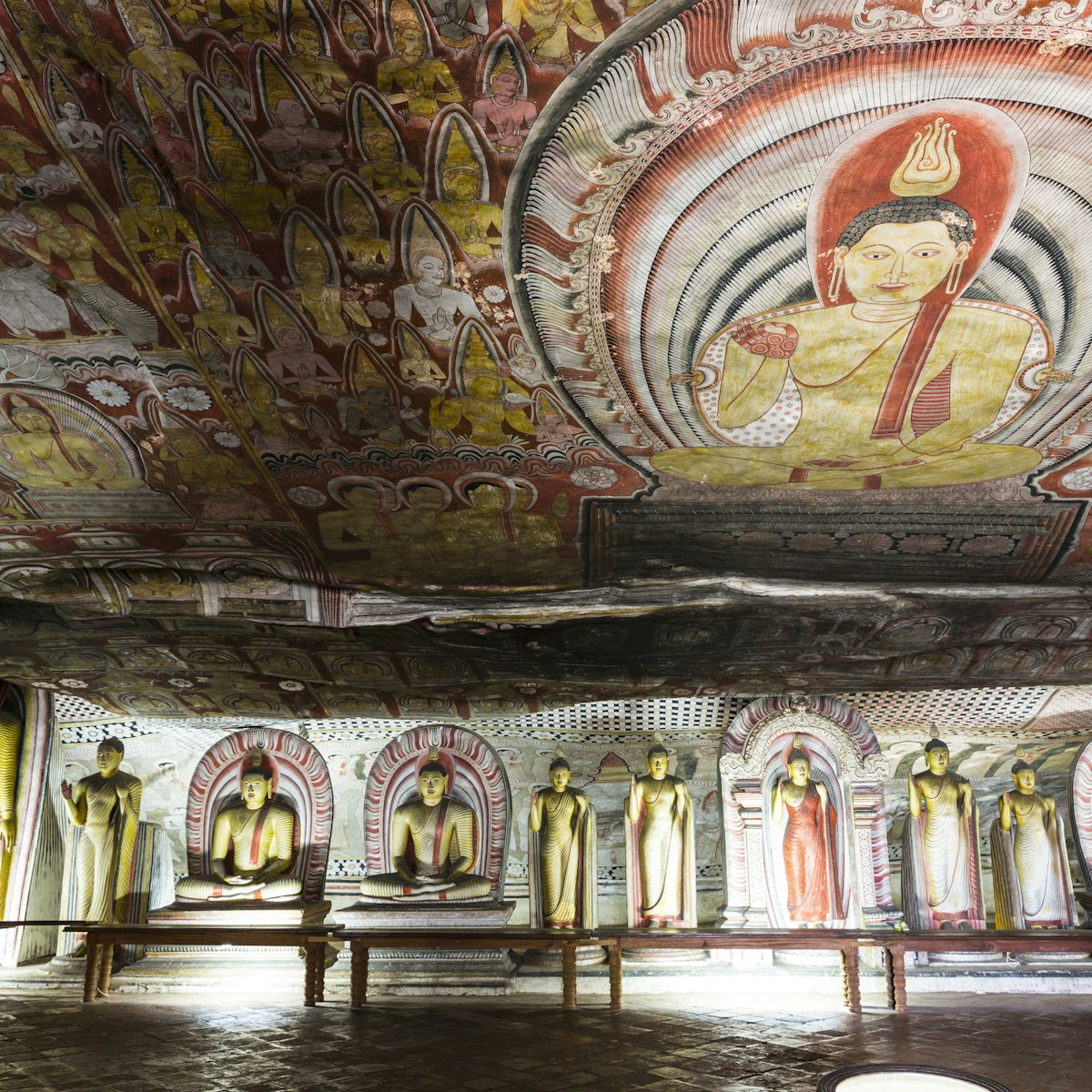This national park is one of the best places in the country to see wild elephants, which are often present in huge numbers. Dominated by the ancient Minneriya Wewa, the park has plenty of scrub, forest and wetlands in its 88.9 sq km to also provide shelter for toque macaques, sambar deer, buffalo, crocodiles and leopards (the latter are very rarely seen, however).
The dry season, from April to October, is reckoned to be the best time to visit (as by then water in the tank has dried up, exposing grasses and shoots to grazing animals). Elephants, which can number 200 or more, come to feed and bathe during what is known as ‘the Gathering’; and flocks of birds, such as little cormorants, painted storks, herons and large pelicans all fish in the shallow waters. However, it's also possible to see large numbers of elephants here at other times of year, too; we saw over 100 in February when we visited.
The park entrance is on the Habarana–Polonnaruwa Rd. A visitor centre near the entrance sells tickets and has a few exhibits about the park’s natural history. The initial 40-minute drive (along a poor dirt road) into the heart of the park is through dense forest, where wildlife sightings are rare. But then the landscape opens up dramatically, and the views across the tank are superb. Early mornings are generally best for birds and late afternoon for elephants.





